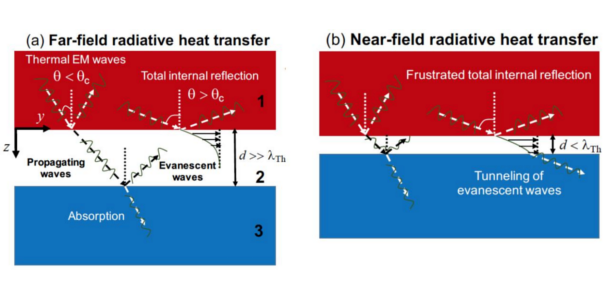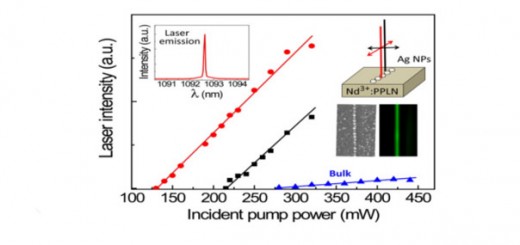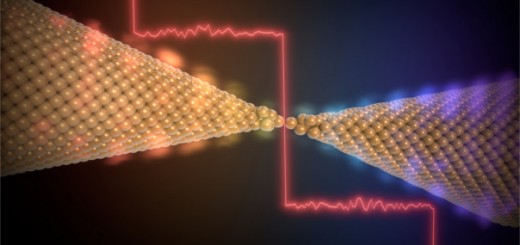Radiative Heat Transfer
Article: published in ACS Photonics by Juan Carlos Cuevas and Francisco J. García-Vidal, IFIMAC researchers and members of the Department of Theoretical Condensed Matter Physics.
Thermal radiation is one of the most ubiquitous physical phenomena, and its study has played a key role in the history of modern physics. The understanding of this subject has been traditionally based on Planck’s law, which in particular sets limits on the amount of thermal radiation that can be emitted or exchanged. However, recent advances in the field of radiative heat transfer have defied these limits, and a plethora of novel thermal phenomena have been discovered that in turn hold the promise to have an impact in technologies that make use of thermal radiation. Now, in an article published by ACS Photonics, the IFIMAC researchers Juan Carlos Cuevas and Francisco J. García-Vidal review the rapidly growing field of radiative heat transfer, paying special attention to the remaining challenges and identifying future research directions. In particular, they focus on the recent work on near-field radiative heat transfer, including (i) experimental advances, (ii) theoretical proposals to tune, actively control, and manage near-field thermal radiation, and (iii) potential applications. They also review the recent progress in the control of thermal emission of an object, with special emphasis in its implications for energy applications, and in the comprehension of far-field radiative heat transfer. Heat is becoming the new light, and its understanding is opening many new research lines with great potential for applications.
Reference:
- Radiative Heat Transfer, Juan Carlos Cuevas and Francisco J. García-Vidal, Published in ACS Photonics, September 19th (2018). DOI: 10.1021/acsphotonics.8b01031 [URL]




















